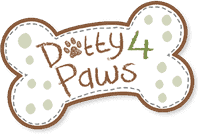Teaching recall from an early age is key to having enjoyable walks with your dog for years to come. In this blog I share How to Teach Your Puppy Good Recall, ensuring they reliably come back to you on command.
There are plenty of things you can do in advance of your puppy’s first walk to prepare for successful recall. Here are some of my tried and tested hints and tips that have worked with Gertie.
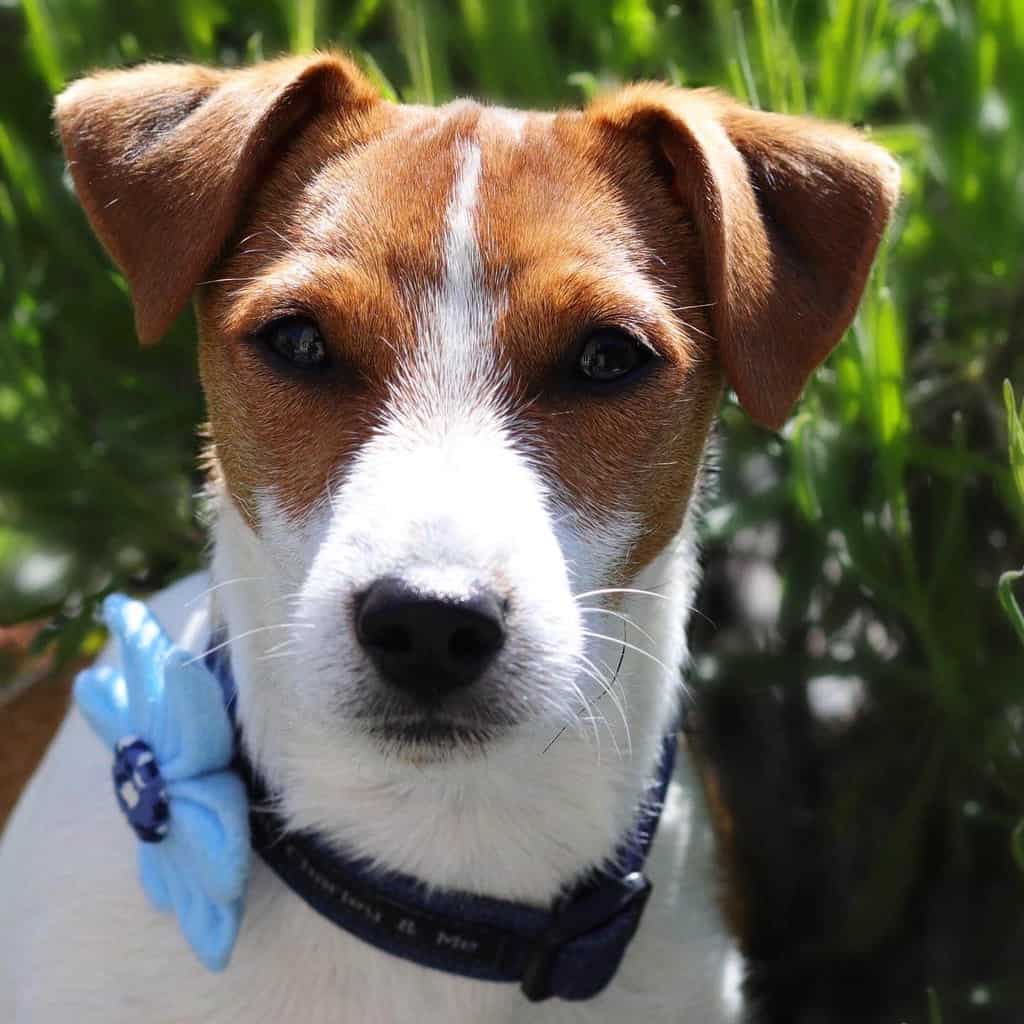
Starting Early with Recall Training
No matter how much training you have done in those first few weeks of settling a new puppy into your home, nothing can prepare them for the excitement of the big wide world!
Miles of open fields, wildlife a plenty to chase, scents and smells here, there and everywhere. No wonder your puppy is inquisitive and is keen to explore!
However, no matter how nerve wracking it is (for you!) I’m a huge believer in letting puppies explore off the lead from an early age. It’s like anything, the longer you leave it, the more apprehensive you’ll get, and dogs sense our fear.
A young puppy is likely to want to stay close to their owner. However, when they reach that adolescent stage (which for most puppies is between 9 and 18 months old) they are more inclined to push those boundaries.
If you can teach good recall during those first few weeks and months of being allowed out, post inoculations, you are likely to have a far more responsive dog.
I was lucky with Pops, she’s always been obsessed with a tennis ball! As a result, she never strayed far from me, even as a very young pup. Her focus was always on the ball and little else.
However, with Gertie, it was obvious after just a few weeks that she wasn’t going to be a ball fanatic and follow in Poppy’s paw prints. I needed a reliable way to entice her back to me.
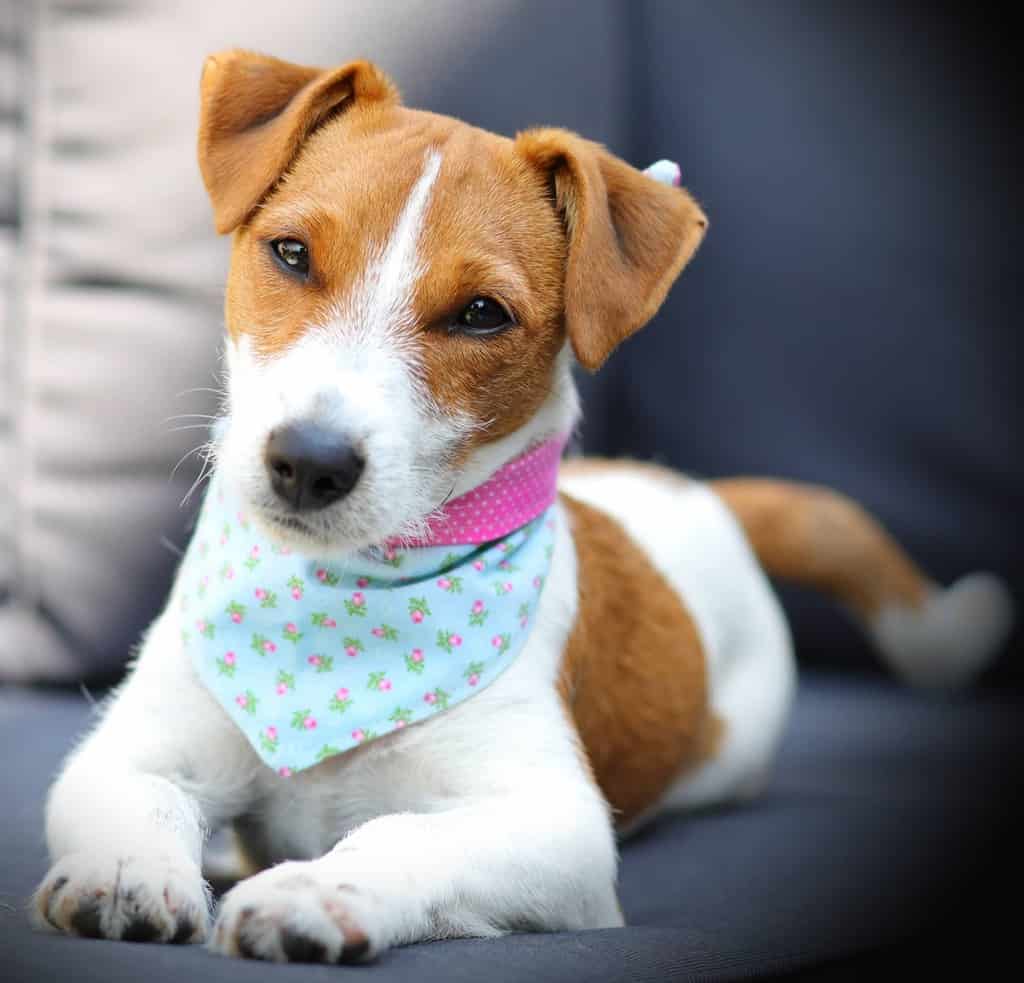
Building a strong bond
From the minute you first meet your new little bundle, your bond will start to grow. The stronger this bond, and mutual trust, the easier recall will be. Get used to calling your puppy to you, whether from another room in the house or from across the garden.
Make a huge fuss of them when they come over to you. You can reward them with treats if you wish, although I would advise against it. You need to establish a hierarchy of rewards for your puppy (I’ll explain more about this later).
I also use a visual command, I hold my arms out wide to welcome Gertie. This means if there’s ever a time she can see me, but not hear me, all bases are covered.
Praise them using your voice. Make sure you sound excited and super pleased to see them! Always use the same command so they know what you’re expecting them to do. My command is a simple ‘to me.’
You need to ensure your puppy loves coming over to you. The aim is for you to be the most exciting person in their life. If you can conquer this, recall will be so much easier.
 Creating a hierarchy of treats
Creating a hierarchy of treats
It won’t take you long to learn what your puppy’s most mouth watering morsel is! Like us humans, they will have their favourite food.
Once you know what their ultimate high reward treat is, what gets them drooling the most, you’re onto a winner! You want to make sure when you practise recall for the first time, you are armed with this irresistibly tasty treat!
For Gertie this is cheese, so on every walk I take a pot of cheese cut up into tiny cubes to entice her back. Poppy thinks she’s in heaven as she gets some too!
Never before in her 14 years has Pops had treats on walks. She’s never been food orientated, so it wouldn’t have worked for her. You need to establish what makes your dog tick. For some it’ll be toys, for others food!
 Teaching the Stay command
Teaching the Stay command
Teaching your puppy to stay from an early age will pay dividends when it comes to recall.
When teaching stay, say it like you mean it! Honestly, if you believe you want your puppy to stay put, they most probably will. Be authoritative; use a stern, purposeful voice and accompany this with a visual command. I raise one hand – rather as if you’re stopping traffic!
Being able to get your puppy to stay on walks will prove to be a huge advantage. Ideally you want them to wait at stiles and gates so you can check the coast is clear. Or put them on a lead when you meet fellow dog walkers.
When you let your puppy off the lead, practise this command regularly. You’d be surprised how often it stops them bolting off into the distance!
Before you let your puppy off the lead for the first time
We first let Gertie off the lead when she was about 4 and a half months old. She’d be going for lead walks for about two weeks prior to that.
I would recommend a retractable lead to get them used to a bit of freedom before letting them freestyle! I don’t like them per se, but they serve a purpose when you’re training your puppy.
If you’re more coordinated than me, [which wouldn’t be hard!] you can get really long 10 and 20 metre leads, that are a great alternative and far safer for fellow dog walkers. [My Mum once had a nasty encounter with a retractable lead, so I’m always cautious!]
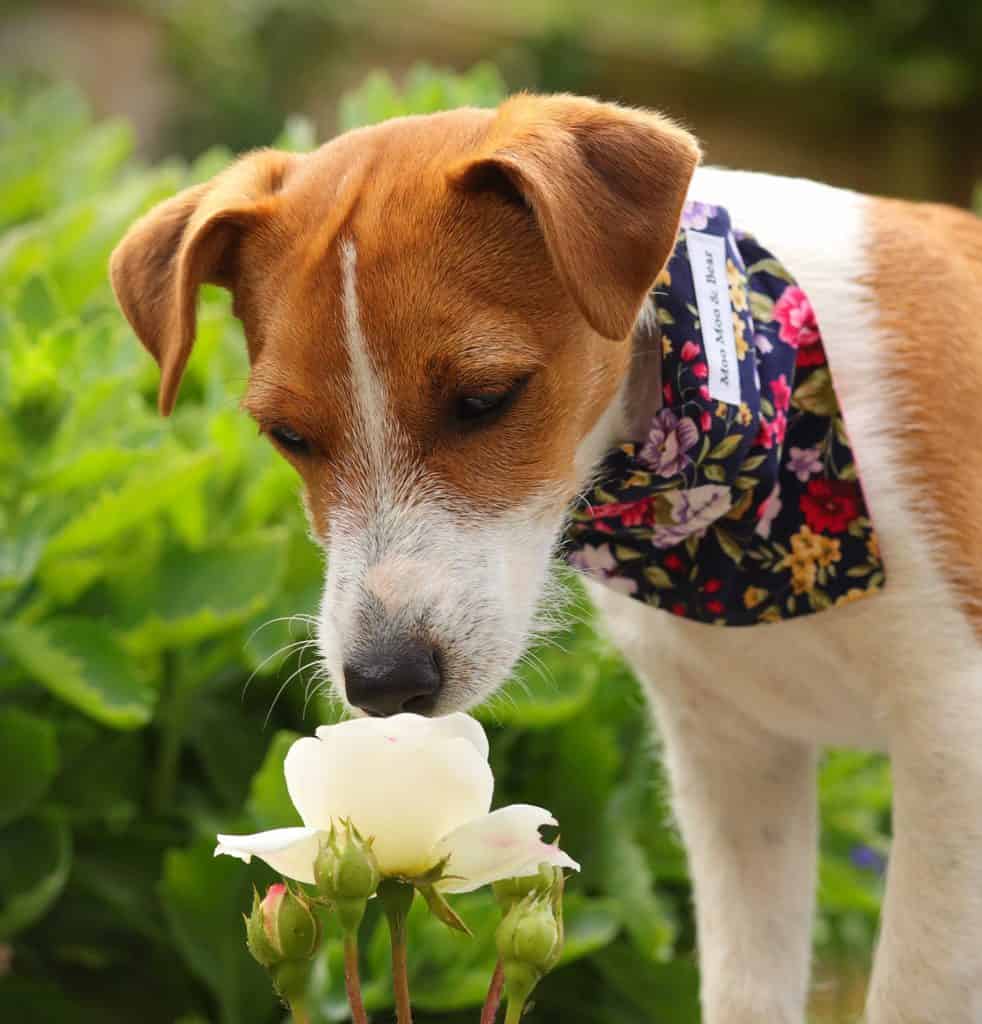
Setting your puppy free – it’s time to put into practise all that recall training!
Choose a familiar location when you first let your puppy off the lead. You don’t want them hurtling across the fields and not have a clue where they might have gone!
Before ‘setting them free’ let them know you have their favourite treat on your person. Call them to you a few times from the end of the long lead, using the command you’ve practised at home. That way it’ll be familiar to them and they know what you’re expecting. Use that visual signal too if you’ve been using one.
When they come back give them the treat and make a huge fuss of them. It only need be the tiniest bit of their favourite snack, you don’t want them piling on the pounds!
After you’ve practised this a few times, unclip the lead and practise the same again. Calling them to you and rewarding them with praise and food.
Be mindful where you are letting them off the lead. I’ll always make sure Gertie is on the lead well in advance of walking near livestock.
 Introducing a whistle
Introducing a whistle
Once you’ve had a few walks and their recall is reliable, it’s the perfect time to introduce a whistle.
At first use a combination of your voice and the whistle so your puppy knows what you’re asking them to do. Blow it a few times in the house or garden to get them used to the sound.
Whistles have a huge advantage when training recall. Above all, their sound travels a lot further than your voice. Also, if your puppy goes out of sight, there’s a tendency to panic and your pup will detect that in your voice.
Using a whistle will mean they don’t hear that panic and be much more likely to come running back to you.
If you get a proper dog whistle you can tune it to the optimum frequency for your pup. Once you have found the pitch that your puppy best responds to, you can lock the whistle to that setting. Bear in mind, many dog whistles are inaudible to humans.
What if your puppy doesn’t respond when you recall them?
There will inevitably be times when your puppy goes further than you would like. After all, those sniffs and smells can become too tempting from time to time! Your puppy may even disappear out of sight, and whilst it will seem like hours they are gone, in reality it will probably be a matter of minutes!
The key is to remain calm. Put into practise everything you’ve taught them. If you see them charging off into the distance, try the stay command.
If they continue to pelt off, blow your whistle. You may need to blow it quite a few times! Use your voice too, if you feel the need, but remember sound encouraging and excited, not panicked!
When you see them coming back, go WILD with excitement. I tend to crouch down on the floor, arms open, ready and waiting! Gertie recognises this as part of the ‘to me’ command I mentioned earlier.
In fact, if she’s not far from me, I need do nothing more than crouch down and open my arms and she comes running over. [Expecting cheese of course!]
Nothing gives me greater pleasure than watching Pops and Gertie race off into the distance together. It’s one of the many great pleasures of sharing your life with dogs.
I hope you’ve found my guide to recall training useful. If you have any tried and tested tips you’d like to share, please let me know in the comments below.
Whilst you’re here why not check out the other blogs in my puppy series.
How to Crate Train Your Puppy The Gentle Way
How to Toilet Train Your Puppy in Just A Few Weeks
How to Socialise Your Puppy in Lockdown
Woofs and Wags
Kate, Pops and Gertie
xox

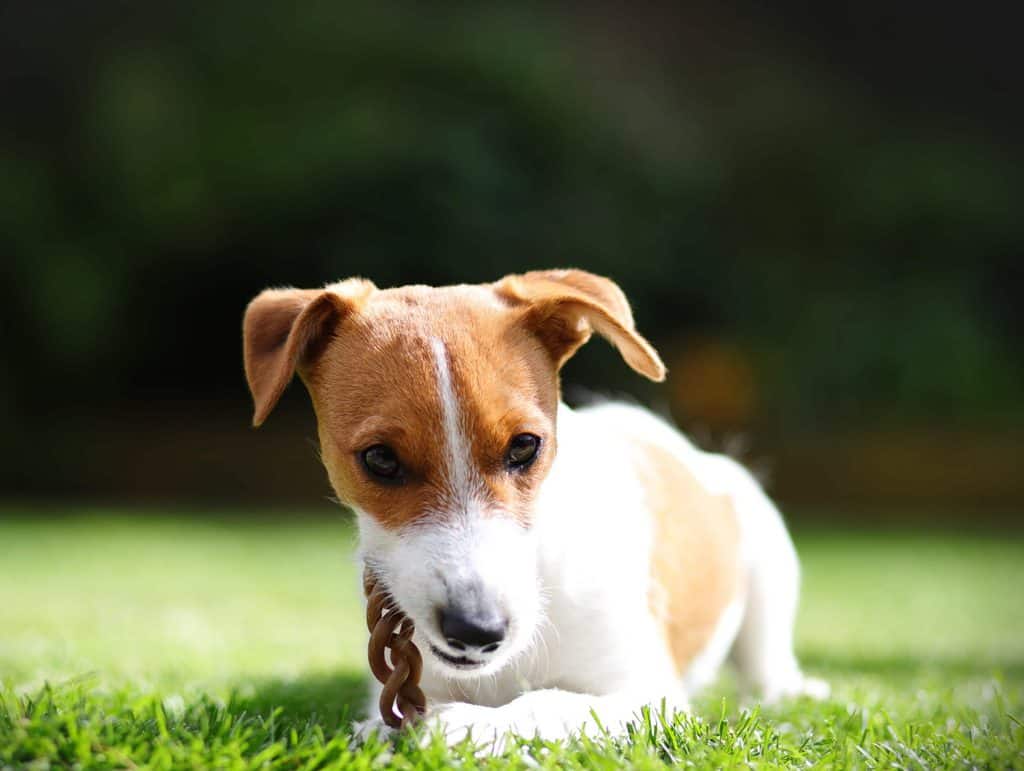 Creating a hierarchy of treats
Creating a hierarchy of treats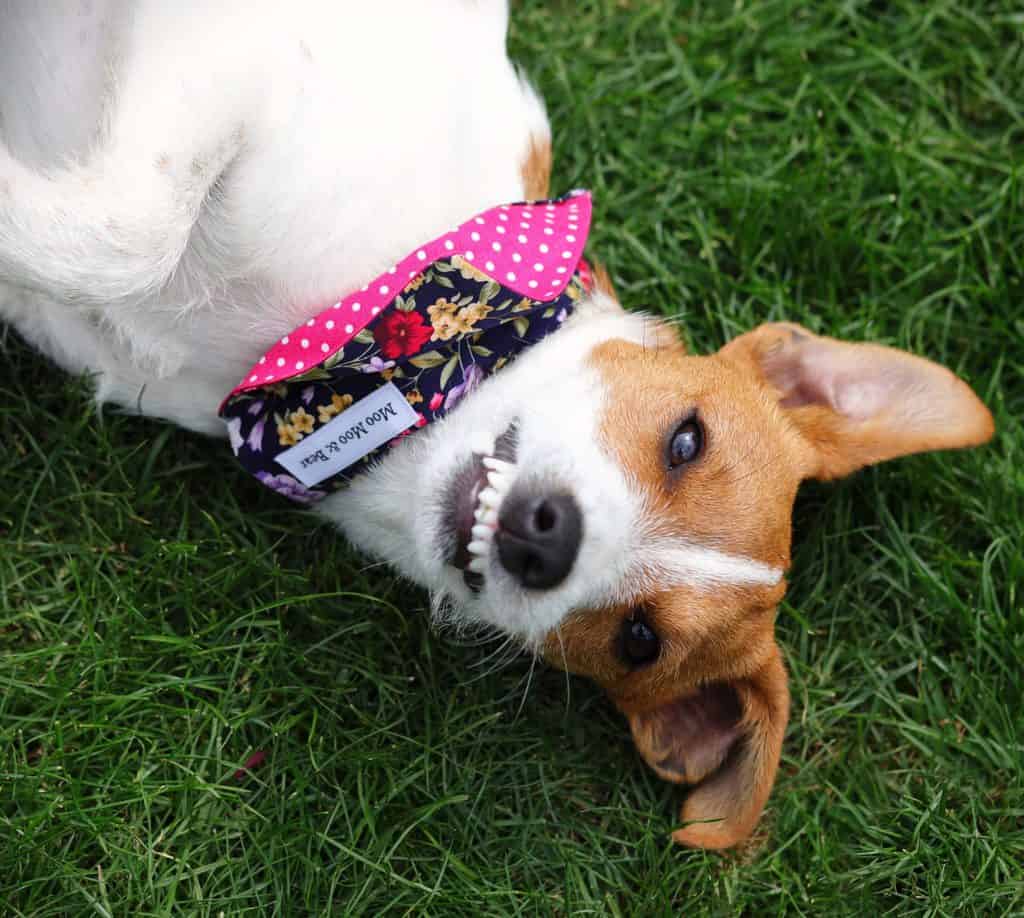 Teaching the Stay command
Teaching the Stay command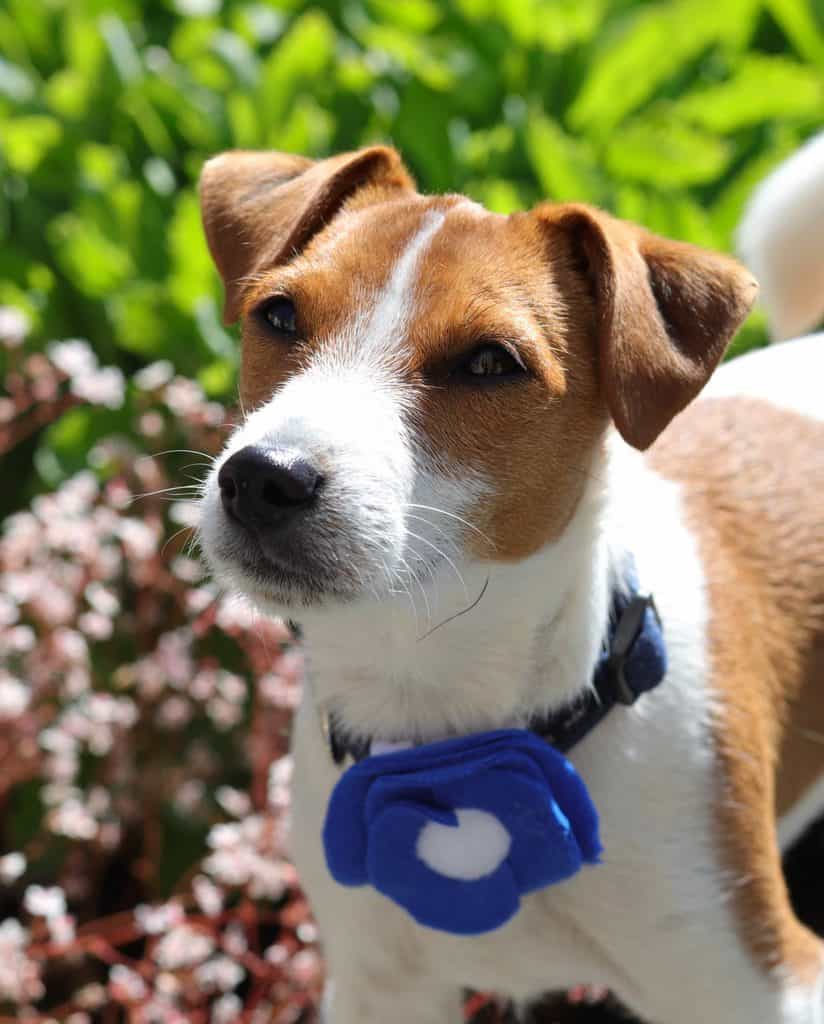 Introducing a whistle
Introducing a whistle